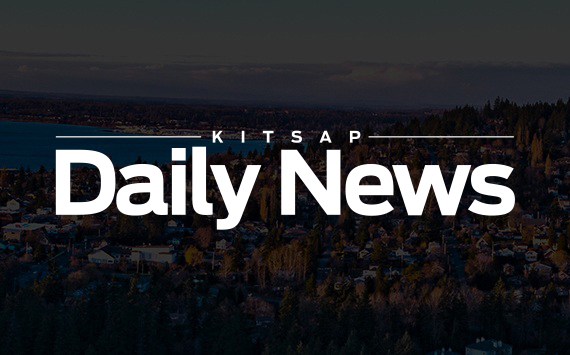With the aroma of a Tacoma inquisition in the air, here’s what happened, without the baggage. The crew and ship did what they were supposed to do in an accident and it worked.
KABOOM!
MV Tacoma was heading for the turn into Bainbridge at 16 knots. As she cruised on two of her four diesel generators, a third diesel was being brought online for the docking. Then there was a loud noise, followed by a chain of events that led to a complete power failure.
Power was lost to the motors and steering. Lights went out with a chorus of alarms in the pilot house.
With battery-powered emergency lights, PA system, radio and radar, the skipper was able to let the crew, passengers and rest of the world know what was going on.
A minute later, the emergency diesel was up with power for steering. Tacoma was turned away from the beach and the crew dropped the anchor in 74 feet of water … still a bit close in.
Since the casualty was limited to lost power, passengers did not put on life jackets or go to the assembly stations. In the bright sunny day, their biggest risk was sunburn during the two-hour wait.
While the call went out for a tow, all Seattle tugs were pushing Seafair ships around. The Sealth in Bremerton, on hearing Tacoma’s predicament, sped over.
The crews hooked up towing bridals and Sealth’s skipper towed Tacoma to deep water, with the anchor bouncing along the bottom. Lindsey, Foss’ largest tugboat, eventually moseyed over and pushed Tacoma into the Bainbridge terminal with the anchor buoyed off and left behind.
Terminal tantrums
While ferry boats normally carry life rafts for 100 percent of the passengers they may, under specific circumstances, have fewer rafts — for example, when there’s a second vessel on the route. WSF takes advantage of this, because adding two crew per life raft is expensive. So, when a boat on the same route breaks down, the number of passengers allowed on the remaining boat drops.
Walla Walla’s 1,200-passenger capacity dropped in half. This left extra passengers on the dock for about five hours. When Walla Walla was later allowed to go back up to capacity, the word took a while to get out causing a rhubarb with the lawyer walk-ons.
The shuffle
A second Jumbo ferry, Wenatchee, was offline in a Canadian drydock repairing a shaft seal leak from catching a stray cable. It was a Tuesday and, as Bainbridge has large daily passenger loads while Kingston’s traffic builds up later in the week, Puyallup was sent from Kingston over to Bainbridge. With Sidney’s reservations booking only 50 to 60 percent, Chelan was pulled from there to come down to Kingston, arriving at 11:30 the next day. This left Sidney with service for two days. WSF was able to contact most drive-on reservations, but walk-ons weren’t so fortunate and a number found themselves stranded. When Wenatchee returned on Friday, things returned to normal.
Recovery
All Jumbo ferries have four diesel generators to power two propellers. The Mark I’s have two separate electrical “loops” of two generators each. The Mark IIs have all four generators on the same “loop,” however that loop can be split in half like on the Mark I’s. By the time Tacoma had offloaded riders, the electrical single “loop” had been split into two and one propeller was restored. With the help of a tug, she puttered over to Eagle Harbor.
Because there had been a huge current surge, it will take until December to get it all repaired.
— FerryFare is written by Walt Elliott, chairman of the Kingston Ferry Advisory Committee. Contact him at elliottmoore@comcast.net.



